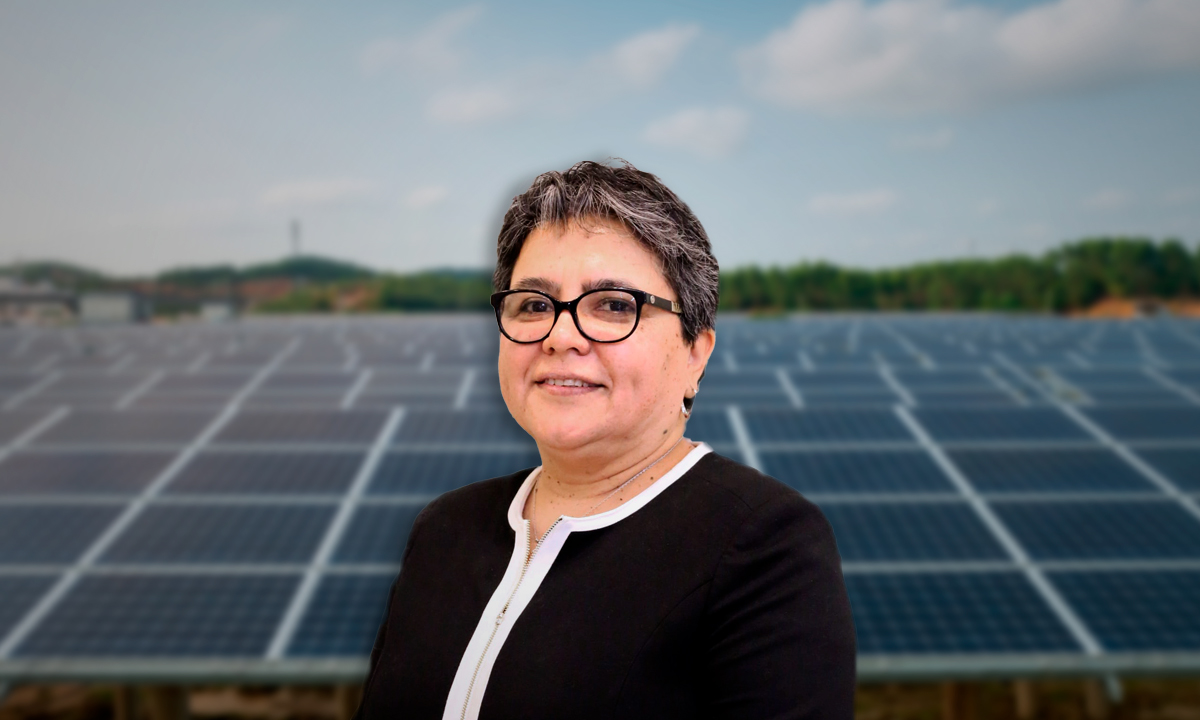Economy: Reasons for the United States’ resilience | a job
/cloudfront-eu-central-1.images.arcpublishing.com/prisa/DSA5ISU6TNKSQBG2WQ5WCV6YCU.jpg)
A year ago, most analysts expected that the US economy would enter a recession in 2023 due to monetary policy rate increases implemented by the Federal Reserve to counter the inflationary outbreak that occurred at the end of the most severe phase of the pandemic. . In the past 50 years, the more pronounced increases there have been in this rate – and this cycle has been the more pronounced increases…
Subscribe to continue reading
Read without limits
A year ago, most analysts expected that the US economy would enter a recession in 2023 due to monetary policy rate increases implemented by the Federal Reserve to counter the inflationary outbreak that occurred at the end of the most severe phase of the pandemic. . In the past 50 years, whenever there were clear increases in this rate – and this was the cycle with the most pronounced increases in the past four decades – the country’s economy entered a state of recession.
But not only has the United States seen this decline, it continues to grow strongly, recording a GDP increase at an annual rate of 4.9% in the third quarter. How can we explain that the US economy is so strong, after monetary policy interest rates rose from 0% to 5.5%, and long-term interest rates also showed significant increases?
This should be stagnating or at least growing at much lower rates. Two phenomena explain this exceptional flexibility.
First, there is the fact that, at the beginning of the upturn, households had exceptionally high levels of excess savings, above the historical trend. This is due to the large transfers granted by the government to a large proportion of the population, as well as the savings achieved by families under social isolation measures. At the beginning of the cycle of increases, the savings surplus amounted to $2.4 trillion (9% of GDP). It is estimated that about a trillion of this amount remains (4% of GDP). Thanks to these savings, families maintained high levels of consumption. For example, buying cars or durable goods, despite their high prices.
Another factor explaining the unexpected dynamism of the North American economy is that companies faced the beginning of the interest rate hike cycle with high levels of liquidity, having benefited from the context of ultra-low interest rates brought by the pandemic. This means that the majority did not have to renew loans in this higher-rate environment.
Now, these two factors that helped mitigate the effects of high interest rates will gradually fade. In the case of households, at the observed rate, excess savings will be extinguished by the third quarter of 2024. In the case of companies, it is known that next year they will start facing maturities of loans contracted at a lower rate. Rates. At BBVA Research, we believe that in 2024 the US economy will grow less than in 2023, and although this is not the central scenario, a recession cannot be ruled out.
Follow all information Economy And a job in Facebook And sor in our Weekly newsletter
Five-day agenda
The most important economic quotes of the day, with keys and context to understand their scope.
Get it in your email

“Award-winning zombie scholar. Music practitioner. Food expert. Troublemaker.”









